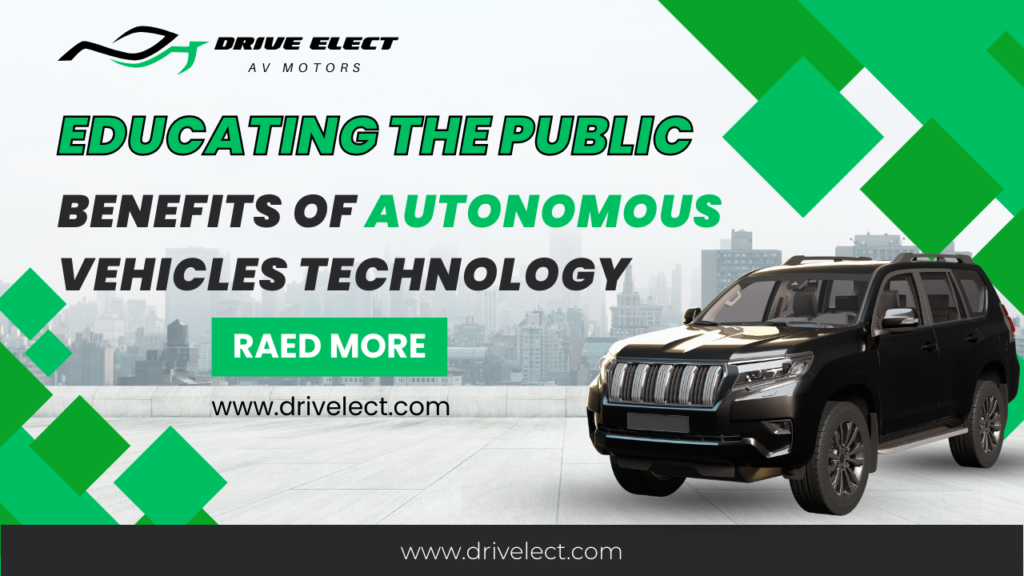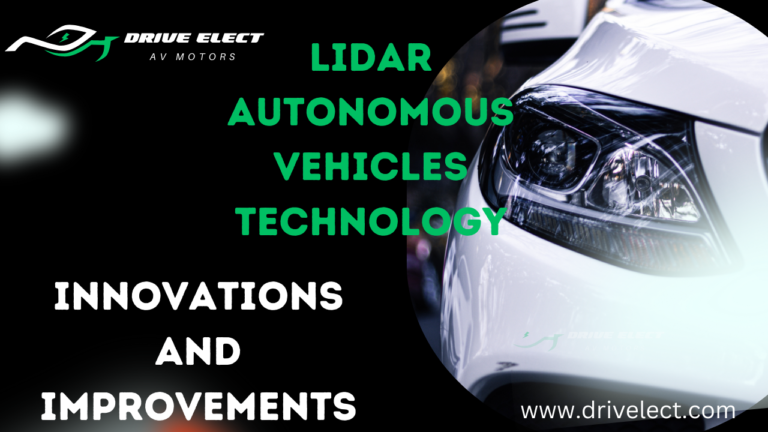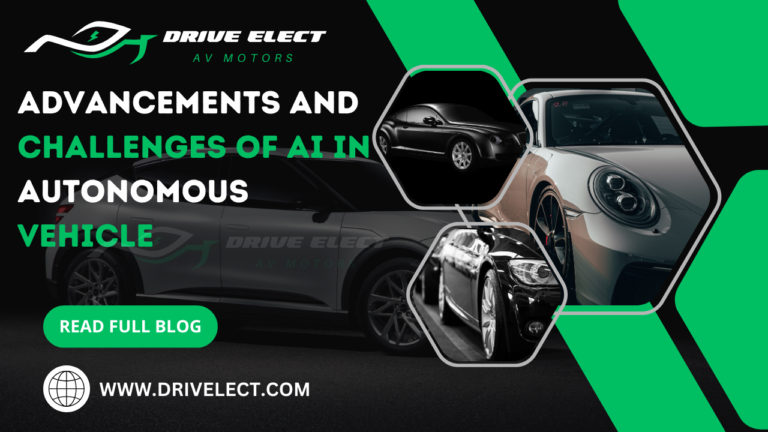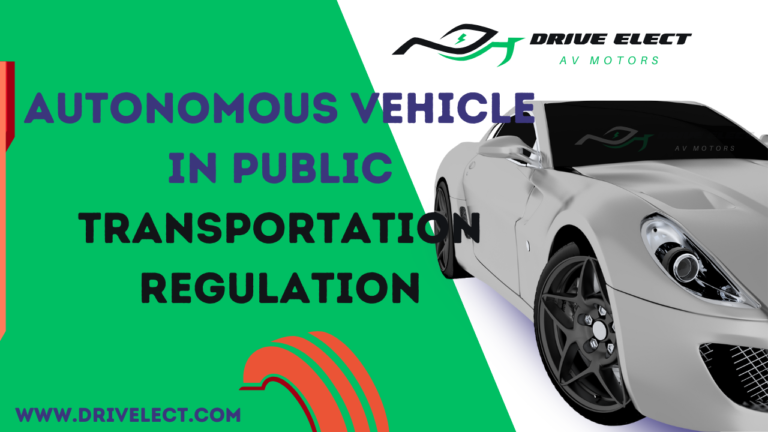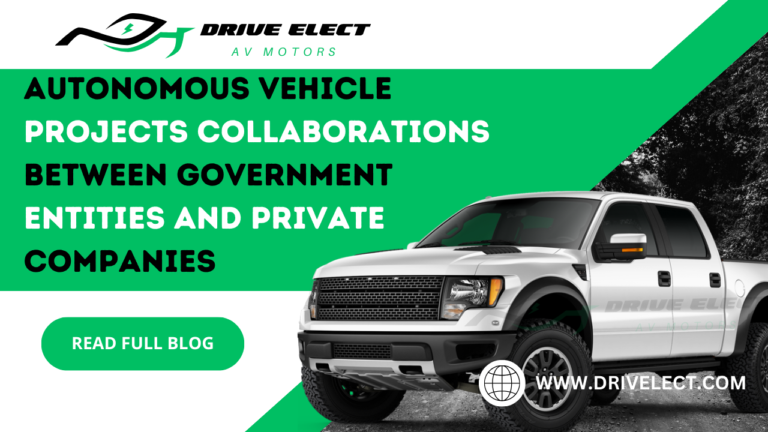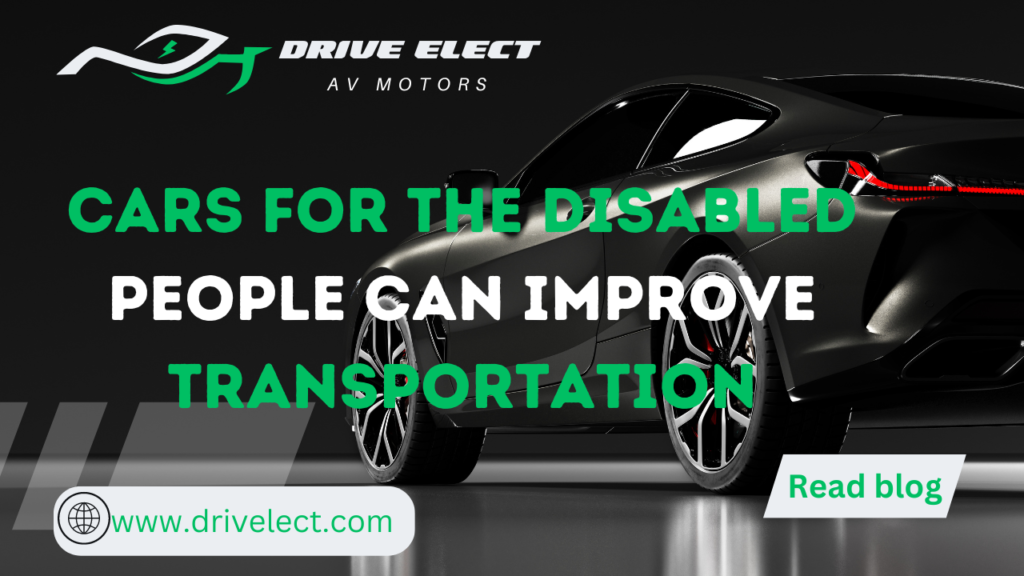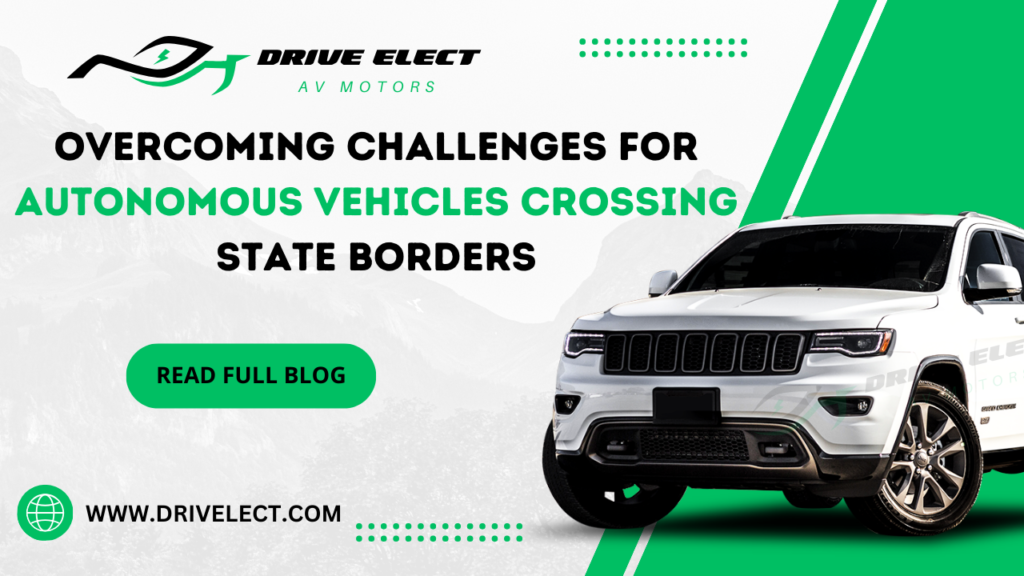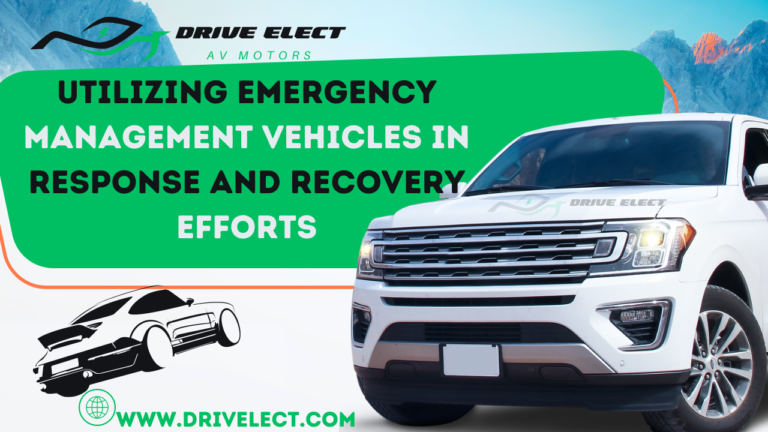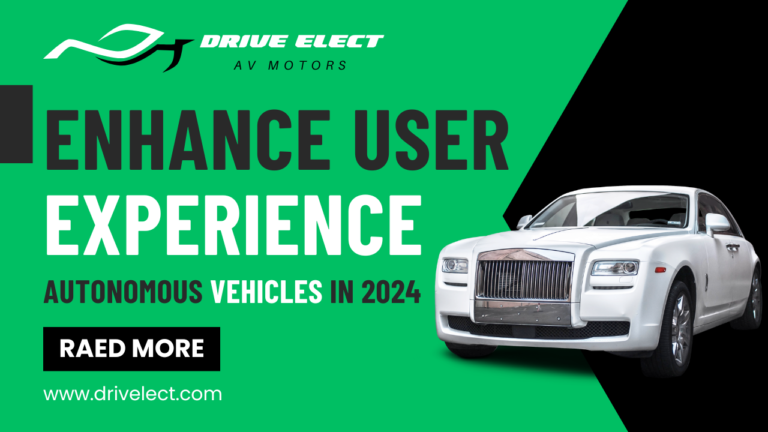Table of Contents
ToggleEducating the public about the benefits of autonomous vehicles technology
The car industry is fast moving towards making cars that can drive themselves. These cars have features like systems that warn you before a crash, control speed on their own, keep the vehicle in the lane, and even park by themselves. All the big car companies are working on this. Fully self-driving cars are expected to be standard in about 10 to 15 years.
Different states in the USA are making laws to manage how these self-driving cars are used. And how these cars can educating the public about the benefits of autonomous vehicles technology. A report by James M. Anderson and others called “Autonomous Vehicle Technology: A Guide for Policymakers.” It looks into how this new technology is growing.
There are good and bad things about it, and what could happen with different kinds of rules or no rules for these cars? The report suggests being careful about making rules too fast because technology is changing a lot. But, some rules could be beneficial for everyone.
The current state of the technology:
As of March 2013, Google’s A.V.s had driven 500,000 miles on public roads without causing any accidents. However, achieving completely driverless vehicles is still challenging. Even Google’s cars have expert operators ready to take control in difficult situations.
Autonomous vehicles work on a principle called “sense-plan-act,” common in many robots. They have sensors and cameras that gather information about their surroundings and position. Then, special computer programs study this data to decide the car’s next moves, like where to go, how fast to go, and when to change lanes. These decisions are then turned into actions by controlling the car’s steering, speed, and brakes.
Before these cars can be completely reliable and operate without a driver, the authors point out several challenging problems that need to be solved by researchers and car manufacturers.
Making sense of the world:
One of the biggest challenges in making A.V.s is teaching them to understand everything around them. And also understand the benefits of autonomous vehicles technology. Like traffic signals, other cars, people walking, cyclists, road workers, and animals. At the same time, these cars have sensors that can collect much more information than our eyes can. They could be better at figuring out what all that information means.
For example, the car might see something in the road but struggle to tell if it’s a deer, a cardboard box, or a bicycle. Thoughtful what the sensors pick up is a significant area for more research.
Environmental challenges:
Climate and land are very different in different parts of the U.S. The roads and signs also change from place to place. A self-driving car that works well on flat roads. Louisiana might struggle in Colorado’s steep, snowy mountains or the busy streets of New York City. This means these cars need to handle various conditions to work everywhere.
Detection of sensor failure:
While there are benefits of autonomous vehicles, there are also disadvantages to self-driving cars. Sensors in autonomous vehicles can stop working for several reasons, like electrical issues, damage, or getting old. That’s important for these cars to be able to tell when something inside them isn’t working right. But this is more complex. If a sensor completely stops sending data, this is easy to notice.
However, this is much harder if a sensor still works but gives wrong information sometimes. Imagine a sensor that’s supposed to tell if there’s a car nearby. If it stops working, the vehicle might know something is wrong. But spotting this mistake can be challenging if it sometimes says there is no car when there is one. So, ensuring the vehicle can detect these problems is a big challenge.
Vehicle communication:
Self-driving cars can be safer and more effective if they can talk to other vehicles and things on the road, like traffic lights. This communication could warn them about dangers or heavy traffic. However, setting this up might cost a lot of money. For instance, all traffic lights might need special radios to send messages to cars. This means many new tools would have to be installed everywhere, which is a big job and could be expensive.
Cyber Security:
As vehicles get more like computers and connect more with each other. They face a more significant risk of computer viruses and cyber-attacks. This risk exists for all the ways cars communicate, like Wi-Fi or cellular networks. To be safe, these cars must be able to notice when something goes wrong or when someone tries to break into their systems. They should have a plan for these situations, like moving to a primary safety mode or not starting at all. This is important to make sure they stay safe and reliable.
Cost:
Even though vehicle makers and others are interested in self-driving cars, they are too expensive for many people to buy. If more people buy these cars, the price will stay the same. This could cause the technology not to be used less, like what happened with some earlier attempts to make automated cars.
Because of these issues, the first A.V.s available for sale might not be fully autonomous. They could be designed to drive themselves only in certain situations, like at low speeds, on specific roads, and in particular weather. Outside these situations, a person would need to drive. However, this idea has its problems. A big one is figuring out how to get the driver to take over, especially rapidly and without harm if they are not paying attention, like watching a movie, looking at emails, or sleeping.
Here we will discuss many benefits of autonomous vehicles;
Benefits of autonomous vehicles
Saving lives:
Self-driving cars could help in reducing car accidents. The Insurance Institute for Highway Safety says that about one-third of car crashes and deaths could be avoided if all vehicles had unique features like warnings. When you’re about to crash and leave your lane, help to see in your blind spot and headlights that adjust themselves. In 2011, there were 32,000 deaths from traffic accidents in the U.S. As cars get more automated, they could save even more lives. For example, vehicles that automatically brake when they see a hurdle can prevent crashes from behind. And cars that drive themselves could considerably lower accidents because most happen due to human mistakes.
Increasing Mobility:
One of the most important benefits of autonomous vehicles is increased mobility. Autonomous vehicles could be beneficial for people. Who can’t drive because of a disability or because they are too young? These cars would make it easier for them to get around. This could lead to better chances for them to meet people. Improve their health, find jobs, and generally be happier. Moving around more with no trouble can make a big difference in someone’s life.
Reducing the cost of congestion:
In benefits of autonomous vehicles include reducing the cost of congestion. Self-driving car technology might help reduce the problems caused by traffic jams. This is because people in the car could do other things instead of just driving. But this could make people want to go more, leading to more traffic. However, these cars could also make driving on roads smoother. And cause fewer stays because of accidents. So, it still needs to be clarified if these cars will improve or improve traffic.
Reducing energy use and fuel emission:
Autonomous vehicles can reduced energy use and fuel emission. It is also one of the benefits of autonomous vehicles.
In the last 20 years, vehicles have gotten heavier because they needed to be more vital for safety tests. But if A.V.s make accidents rare. We can make cars lighter again. This would mean they use less fuel. Also, other progress could help save even more fuel. Fancy a light, fuel-efficient vehicle that drives itself to get refueled. This could make it easier for cars to use different kinds of energy, like electricity or hydrogen fuel cells, which don’t create pollution from exhaust.
Improving land uses:
Autonomous vehicles could change parking in big cities. They could drop off passengers in the city’s center and Then Park somewhere less crowded. Also, if people start sharing cars more, fewer people will need to own a car. This means we will only need a few parking spaces. In the downtown areas of 41 big cities, about 31% of the space is used just for parking. We can use less parking space to improve the city if we need less parking space.
Guidance for policymakers:
Making autonomous vehicles a reality faces a big challenge. Some of their benefits help everyone, not just the car buyers. For example, fewer deaths from accidents is great for society. But it might only convince people to pay so much for these cars. Also, these cars could cause problems like more traffic and less use of public transport, affecting others. To solve this, the government might consider using taxes and subsidies. But first, they need to understand the costs and benefits better. This requires more research and careful planning.
Avoid premature regulation:
Subsidies and taxes might be needed to encourage self-driving car technology as relying only on the market may not work best for society. Rushing into strict rules could harm the technology’s growth, with different states making conflicting laws that raise costs.
There is debate about using certain radio waves for self-driving cars or internet access. As vehicles become more autonomous, who is responsible for crashes, drivers or carmakers, must be clarified, and careful thought is needed in making new laws.
Update distracted driving laws:
State lawmakers need to update laws about using phones or other devices. At the same time, driving fits with self-driving car technology. These laws are currently different in each state, which could be a problem for making standard systems in these cars. Using devices in self-driving vehicles should be allowed sometimes.
Clarify data ownership and address privacy issues:
A.V.s will collect and share a lot of data, like where they go and how they work. This could cause privacy problems. Questions arise like whether the vehicle company can sell this data or use it in court. Policymakers need to address these issues.

